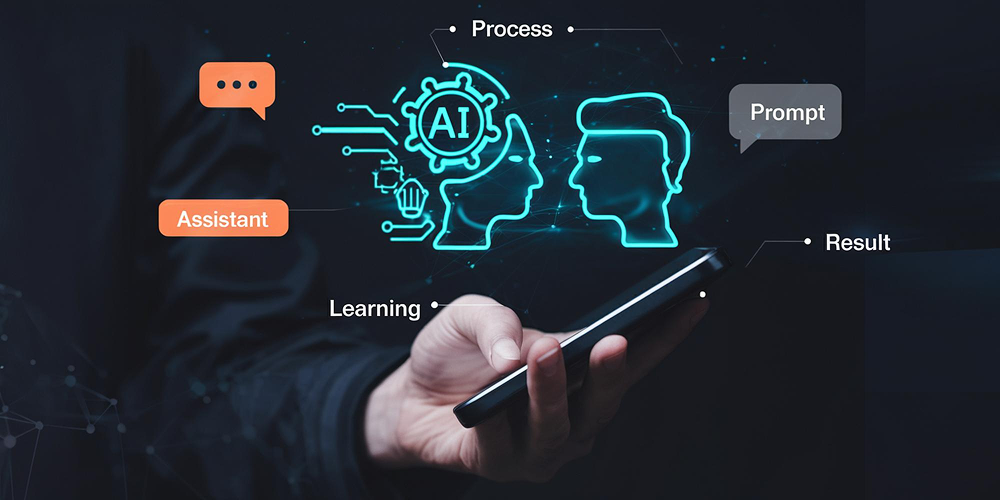AI vs. Human Workers: How Fast Will AI Replace Jobs?
Paul David
Subscribe to our newsletter
Get the latest updates, insights, and growth tactics from AddGuestPost in your inbox.

Artificial Intelligence (AI) is no longer a futuristic concept—it’s already reshaping industries, automating tasks, and transforming workplaces. But a pressing question remains: Will AI replace human employees faster than we anticipate?
While AI has proven its capabilities in various sectors, from customer service to content creation, the speed at which it’s advancing is raising concerns. Let’s explore how AI is evolving, which jobs are at risk, and what this means for the future of work.
The Current State of AI in the Workplace

AI is already replacing or augmenting human workers in several industries. Here are some key examples:
- Retail & Customer Support: AI chatbots like ChatGPT and automated kiosks are handling customer service inquiries, reducing the need for human agents.
- Manufacturing & Logistics: Robotics and AI-powered automation are performing repetitive assembly line tasks and even driving delivery vehicles.
- Finance & Banking: AI is detecting fraud, approving loans, and managing customer accounts, roles traditionally handled by human employees.
- Healthcare: AI-assisted diagnosis tools are helping doctors make faster and more accurate decisions.
How Fast is AI Replacing Jobs?
A report by McKinsey suggests that AI and automation could replace up to 30% of jobs by 2030. However, the adoption rate depends on factors like cost, regulatory policies, and public acceptance.
- Routine jobs are vanishing first: Jobs that involve repetitive, predictable tasks (data entry, call centers, manufacturing) are the first to go.
- AI’s learning speed is accelerating: AI is improving exponentially, meaning its capabilities are doubling every few years.
- Companies are cutting costs: Businesses see AI as a way to reduce labor costs and increase efficiency, leading to faster adoption.
Jobs Most at Risk vs. Jobs AI Can’t Replace (Yet)
AI is excellent at handling structured tasks, but it struggles with creativity, human intuition, and emotional intelligence.
🔴 High-Risk Jobs
- Data entry clerks
- Cashiers
- Telemarketers
- Basic customer service reps
- Factory workers
🟢 Low-Risk (or AI-Resistant) Jobs
- Creative professionals (writers, designers, filmmakers)
- Healthcare professionals (doctors, therapists, nurses)
- Skilled trades (electricians, plumbers, mechanics)
- Strategic and leadership roles (CEOs, policymakers)
What This Means for the Future of Work

- Job transformation, not just replacement: AI won’t eliminate all jobs, but it will change how we work. Employees must adapt by learning AI-driven tools.
- Rise of AI-human collaboration: AI will handle data-heavy tasks, while humans will focus on critical thinking, creativity, and emotional intelligence.
- The need for upskilling: Workers must continuously learn new skills, especially in AI-related fields, to stay relevant.
Conclusion: Should We Be Worried?
AI is advancing rapidly, but it won’t replace human workers overnight. Instead, it will reshape industries, creating new opportunities while eliminating outdated roles. The key is adaptation—learning how to work alongside AI rather than against it.
Publish Your Blog on This Space
AddGuestPost.com welcomes guest bloggers to contribute content across a variety of categories. If you believe your content can bring value to our community, we’d love to have you on board!
Related Posts
The Impact of Remote Work on Business Growth
How AI-Powered Chatbots Are Boosting E-Commerce Sales
The Rise of AI-Generated Content and Its Impact on Creators
Quantum AI: The Next Frontier in Computing
Categories
Categories
Advertise
here
Publish Your Blog on This Space
AddGuestPost.com welcomes guest bloggers to contribute content across a variety of categories. If you believe your content can bring value to our community, we’d love to have you on board!
